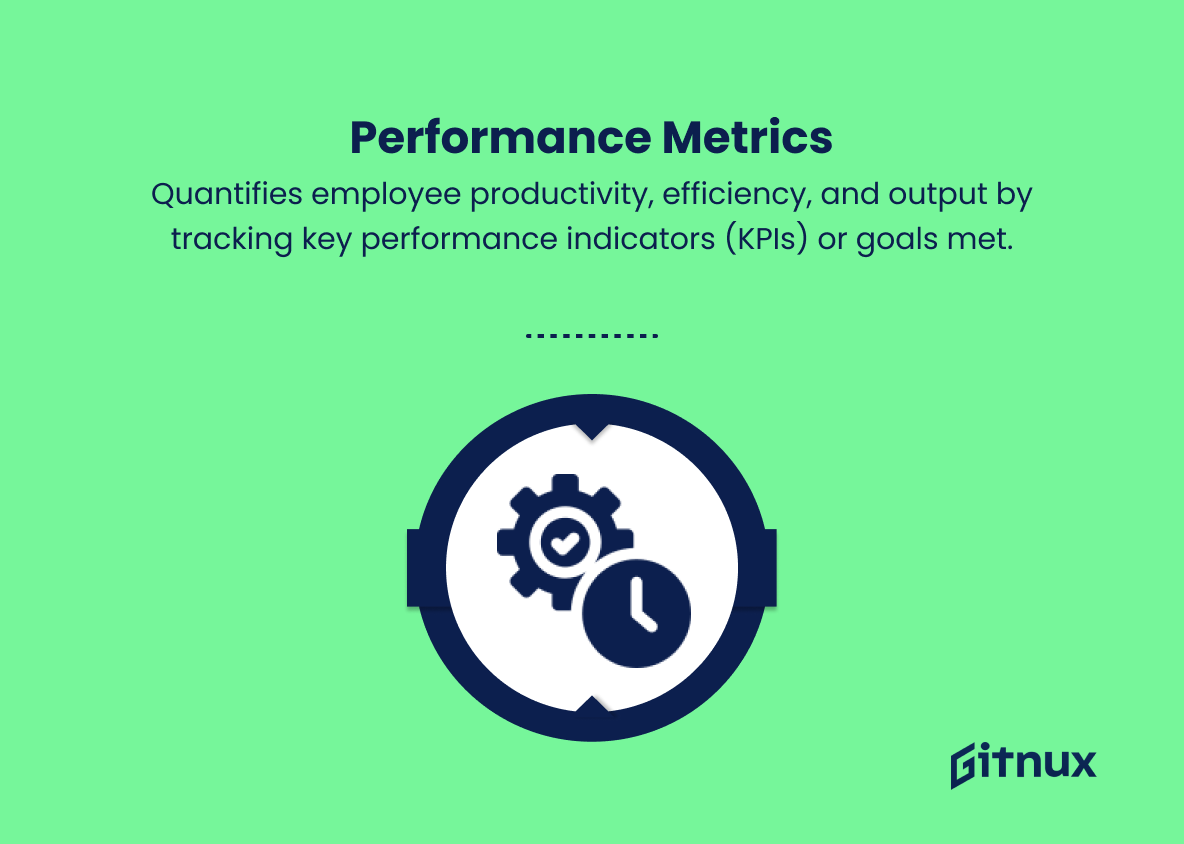In today’s competitive and rapidly evolving business landscape, effective human resource management is more crucial than ever before. For organizations to thrive and maintain a competitive edge, it is imperative to understand how their workforce contributes to the overall success of the company.
This is where HR reporting metrics come into play. These measurable data points provide valuable insights into the efficiency, effectiveness, and impact of HR policies and practices on an organization’s performance. This blog post will delve deep into the importance of HR reporting metrics, highlighting some of the most relevant and useful metrics, and offering guidance on how to best utilize this data to optimize human resource management and drive meaningful change within your organization.
Hr Reporting Metrics You Should Know
1. Turnover Rate
Measures the number of employees who leave the company during a specific period, indicating employee retention and satisfaction.
2. Time to Hire
Measures the average time it takes to fill a job opening, showing the efficiency of the recruitment process.
3. Cost per Hire
Calculates the total cost of hiring an employee, including advertising, recruitment fees, and onboarding expenses.
4. Retention Rate
Monitors the percentage of employees who remain with the company for a specified period, indicating employee satisfaction and loyalty.
5. Absenteeism Rate
Measures the number of workdays lost due to employee absences, representing productivity and employee well-being.
6. Employee Satisfaction
Evaluates employee happiness and loyalty through surveys and feedback tools.
7. Training Effectiveness
Monitors the impact and success of training programs by measuring changes in employee performance or growth in skills and knowledge.
8. Performance Metrics
Quantifies employee productivity, efficiency, and output by tracking key performance indicators (KPIs) or goals met.
9. Employee Engagement
Assesses the level of commitment and enthusiasm employees have towards their work and organization, often measured through surveys and feedback tools.
10. Diversity and Inclusion Metrics
Monitors the representation of various demographic groups within the organization, ensuring fair representation at different levels and positions.
11. Total Rewards
Evaluates employee benefits, including compensation, health and welfare, retirement, and other perks.
12. Succession Planning
Analyzes the preparedness of the company to fill leadership and critical roles with internal talent when an employee transitions out of their position.
13. Employee Net Promoter Score (eNPS)
Measures employee loyalty and willingness to recommend the company as a great place to work.
14. Internal Mobility Rate
Monitors the percentage of employees moving to new roles or departments within the organization, indicating employee growth and development opportunities.
15. Overtime Rate
Measures the amount of overtime hours worked by employees, reflecting workload and potential employee burnout risks.
16. Key Talent Attrition Rate
Monitors the turnover rate of high-potential employees, assessing the organization’s effectiveness in retaining top talent.
17. 360-Degree Feedback
Collects performance-related feedback from an employee’s managers, peers, and direct reports to gain a comprehensive understanding of their performance.
18. Health and Safety Metrics
Monitors workplace injuries, incidents, and near misses to ensure a safe working environment for employees.
19. Employee Referral Rate
Measures the percentage of new hires coming through employee referrals, indicating employee satisfaction and cost-effective recruitment methods.
20. Mentorship and Coaching Programs
Evaluates the effectiveness of employee development programs designed to improve skills, knowledge, and career growth opportunities.
Hr Reporting Metrics Explained
HR Reporting Metrics are essential for evaluating and improving various aspects of an organization’s workforce, ensuring overall success and growth. Turnover and retention rates measure employee satisfaction and loyalty, which directly impact productivity and the company’s reputation. Time to hire, cost per hire, and employee referral rate evaluate the efficiency and cost-effectiveness of recruitment processes. Absenteeism, overtime, and health and safety metrics reflect employee well-being and identify potential burnout risks, while performance metrics, 360-degree feedback, and training effectiveness assess employee growth and organizational effectiveness.
Employee satisfaction, engagement, and eNPS measure the overall happiness and commitment levels of employees, impacting the company’s ability to retain top talent. Diversity and inclusion metrics ensure fair representation and an inclusive work environment, while total rewards evaluate the attractiveness of the company’s benefits package. Succession planning, internal mobility rates, key talent attrition rates, and mentorship and coaching programs monitor the organization’s ability to foster employee growth, provide development opportunities and ensure future leaders are identified and prepared.
In summary, these metrics are crucial for organizations to monitor and improve productivity, satisfaction, and overall success.
Conclusion
In conclusion, HR reporting metrics are critical to the success of any organization. These metrics help HR professionals and business leaders make data-driven decisions, allowing them to understand their workforce better, identify areas of improvement, and measure the effectiveness of HR initiatives. By adopting the right set of HR reporting metrics, businesses can ensure a more efficient and effective HR function, ultimately leading to better talent management, improved employee engagement, and a thriving organizational culture.
As we continue to navigate an increasingly competitive business landscape, the significance of HR reporting metrics cannot be overstated. By leveraging the power of these metrics, organizations can undoubtedly drive greater value, foster growth, and secure their position as industry leaders.















